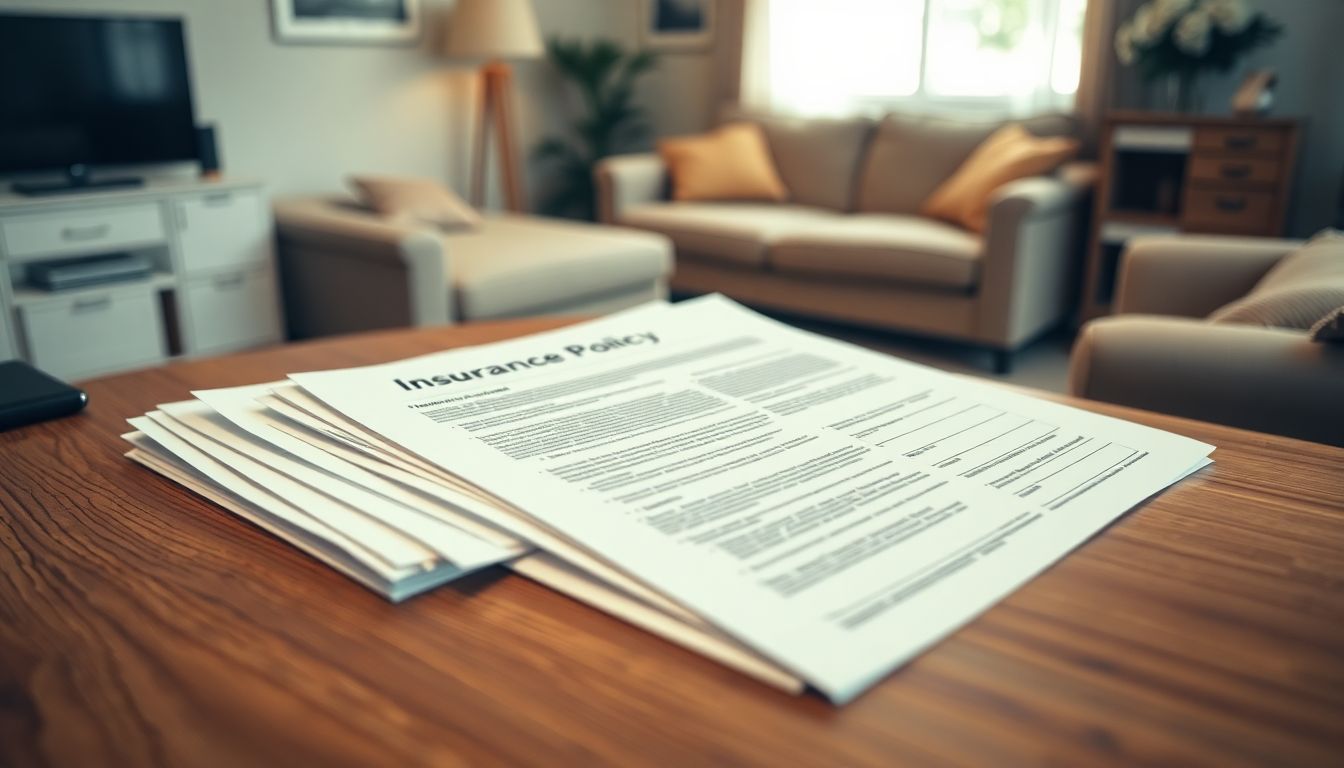Home Insurance 101: Everything You Need to Know to Protect Your Biggest Investment
Imagine a tree falling on your roof during a storm. Or maybe a kitchen fire damages your home. These are scary scenarios for any homeowner. Home insurance is there to protect you from these unexpected events. It's a safety net for your biggest asset.
Home insurance provides financial security and peace of mind. Understanding it is crucial for every homeowner. Let's explore the ins and outs of home coverage.
Understanding Home Insurance Coverage
A standard policy has several core components. These protect your dwelling, belongings, and liability. Let's break each one down.
Dwelling Coverage
Dwelling coverage protects the physical structure of your house. This includes the walls, roof, and foundation. If a fire damages your home, this coverage will pay to rebuild it. Wind damage is also generally covered. How much coverage should you get? That depends on replacement cost or actual cash value. Replacement cost is the amount to rebuild the home at today's prices. Actual cash value factors in depreciation.
Personal Property Coverage
This coverage protects your belongings inside the house. Furniture, clothing, and electronics are examples. Coverage limits apply, so knowing them is important. Create a home inventory to document your possessions. This will make claims easier. Like dwelling coverage, you'll need to select replacement cost or actual cash value.
Liability Coverage
Liability coverage protects you if someone gets hurt on your property. Imagine a guest tripping on your sidewalk and needing medical attention. Liability coverage can help pay those costs. It also covers legal fees if you're sued. Adequate coverage limits are essential. An umbrella policy offers even more protection.
Decoding Your Home Insurance Policy
Home insurance policies can feel confusing. Key sections and terms need decoding. Understanding these will help you grasp your coverage.
Declarations Page
The declarations page is like a summary of your policy. It shows coverage limits, deductibles, and policy dates. Review this page carefully. It tells you exactly what is covered and for how much. It also includes your policy number and contact information.
Exclusions
Exclusions are events that your policy won't cover. Floods and earthquakes are common exclusions. Wear and tear is also generally excluded. Understand these exclusions. You may need supplemental coverage for things like flood insurance.
Deductibles
A deductible is the amount you pay out of pocket before insurance kicks in. Choosing a higher deductible lowers your premium. However, you'll pay more if you file a claim. Weigh the pros and cons of different deductible amounts.
Factors Affecting Home Insurance Costs
Insurers consider various factors when setting premiums. These include location, coverage amounts, and home features. Knowing these factors can help you get the best rate.
Location
Location plays a big role in your premium. High-crime areas often have higher premiums. Weather risks, like hurricanes, also increase costs. Proximity to fire hydrants can lower your costs.
Coverage Amounts and Deductibles
Coverage amounts directly affect premiums. More coverage means higher premiums. Higher deductibles will lower your premium. Choose the balance that works for your budget and risk tolerance.
Home Characteristics
Age, construction type, and condition all matter. Older homes may cost more to insure. Certain safety features, like alarm systems, can lower premiums. A well-maintained home usually gets better rates.
Filing a Home Insurance Claim
Knowing how to file a claim is essential. Here's a step-by-step guide to make the process easier.
Documenting the Damage
Documenting damage right away is important. Take photos and videos of the affected areas. This will help support your claim. Keep receipts for any emergency repairs.
Contacting Your Insurance Company
Contact your insurer as soon as possible after the event. Report the damage and ask about the claims process. Have your policy number and details ready.
Working with an Adjuster
An adjuster will assess the damage. They'll determine the payout amount. Be honest and provide all necessary information. Review their assessment carefully.
Choosing the Right Home Insurance Policy
Selecting the right policy requires careful consideration. Think about your needs, shop around, and read reviews. This ensures you get the best protection.
Assessing Your Needs
Think about your individual needs. What are your biggest risks? How much coverage do you really need? Consider your risk tolerance.
Shopping Around and Comparing Quotes
Never settle for the first quote you get. Shop around and compare rates from multiple insurers. Look at coverage details, not just the price. Online tools make comparison easier.
Reading Reviews and Checking Ratings
Read customer reviews before choosing an insurer. Check ratings from organizations like AM Best. This helps you assess the insurer's reliability.
Conclusion
Home insurance protects your biggest investment: your home. Understand your policy's coverage, limits, and exclusions. Shop around, compare quotes, and choose wisely. Make sure your policy offers adequate protection. Take action now: review your current coverage or shop for a new policy. Protecting your home brings peace of mind.
